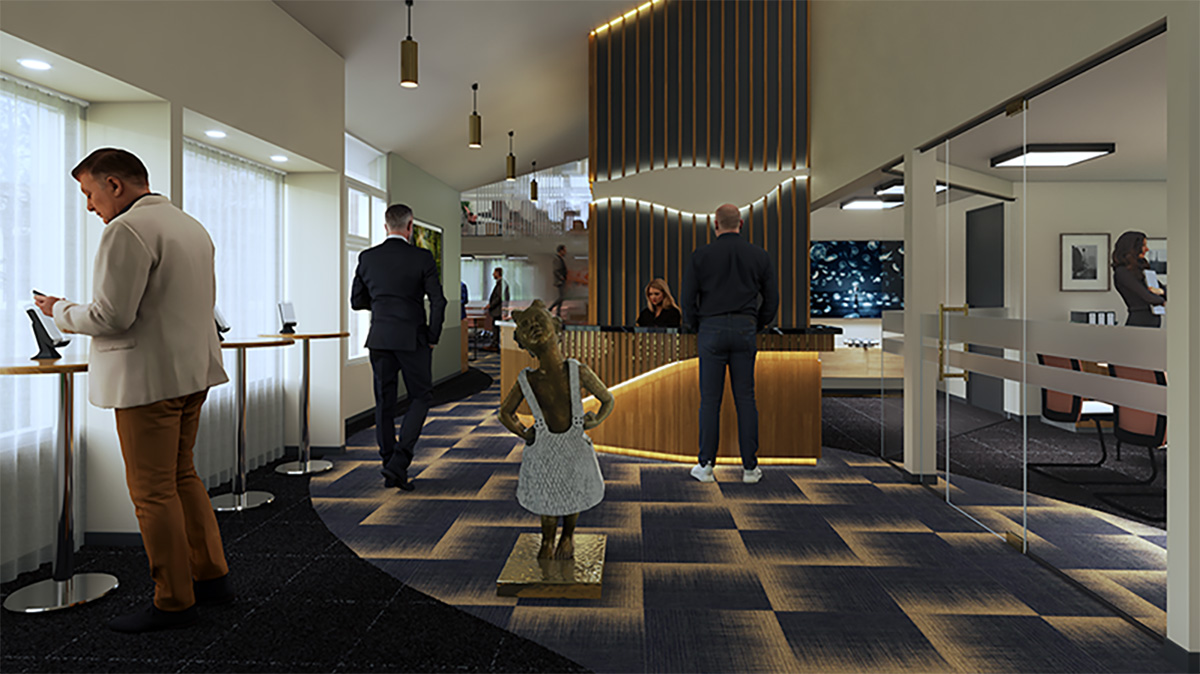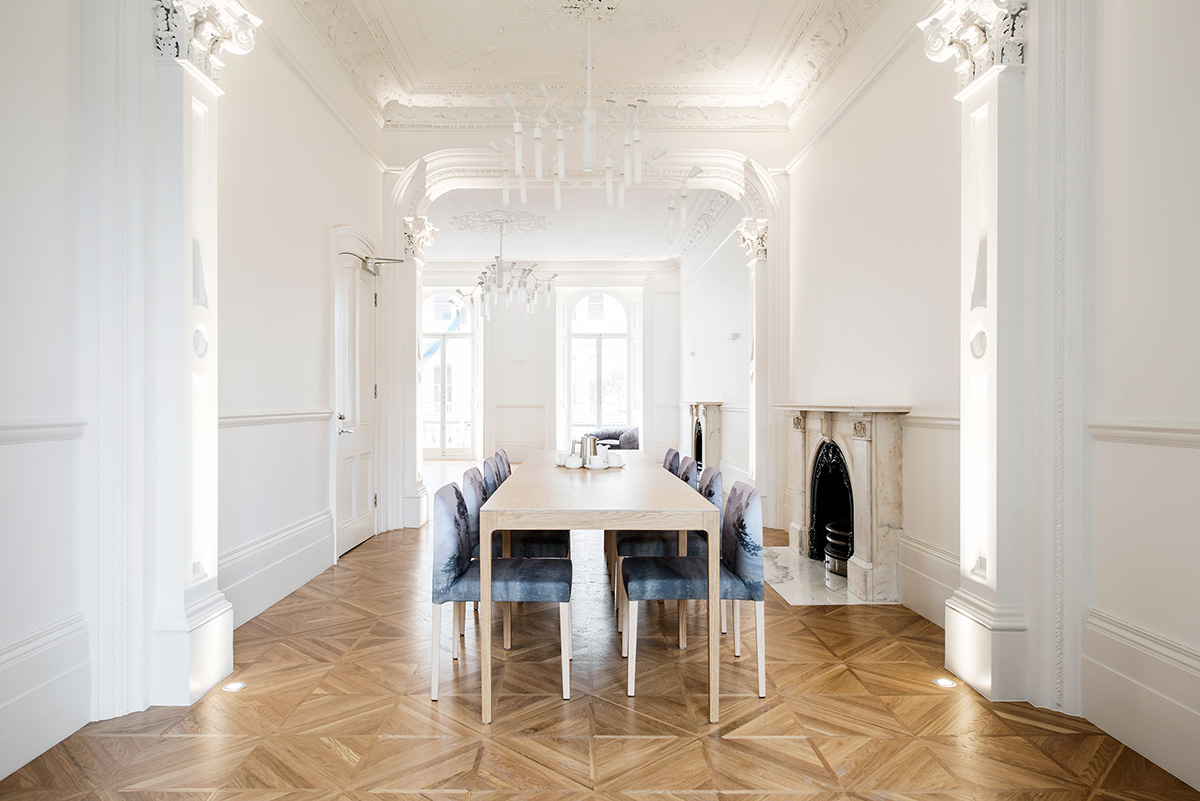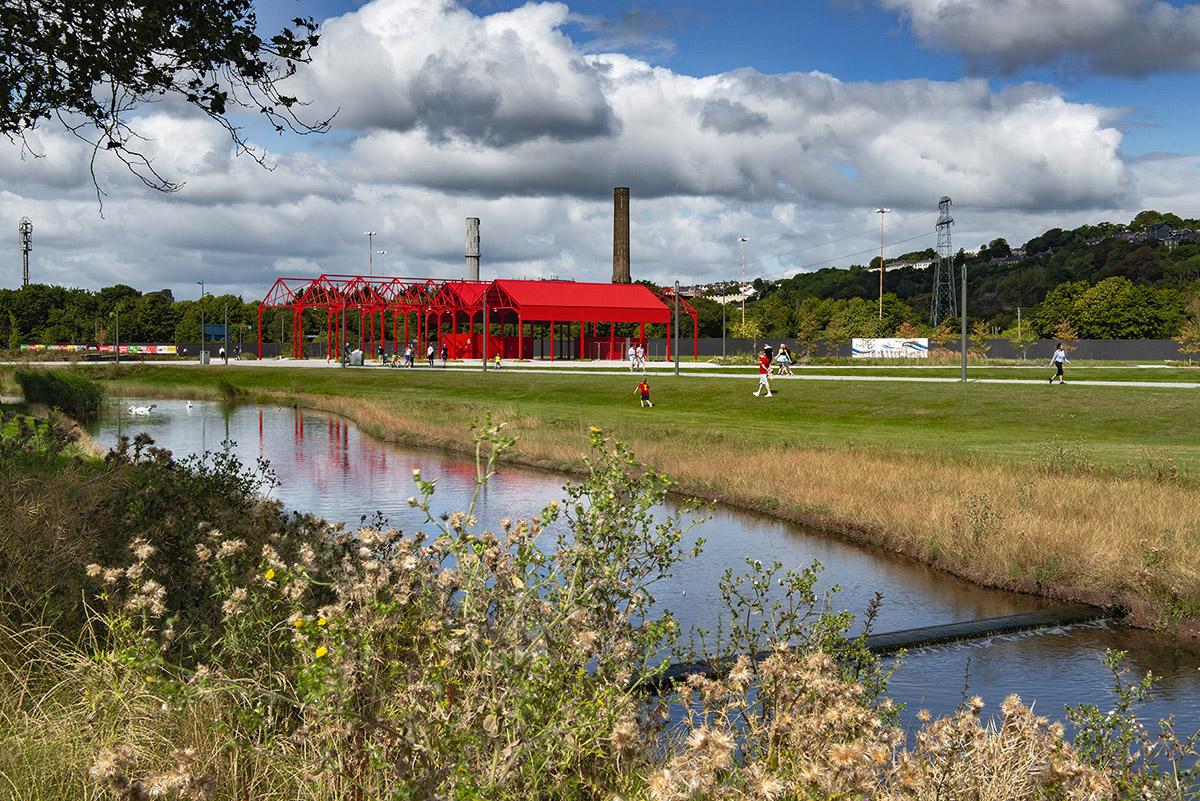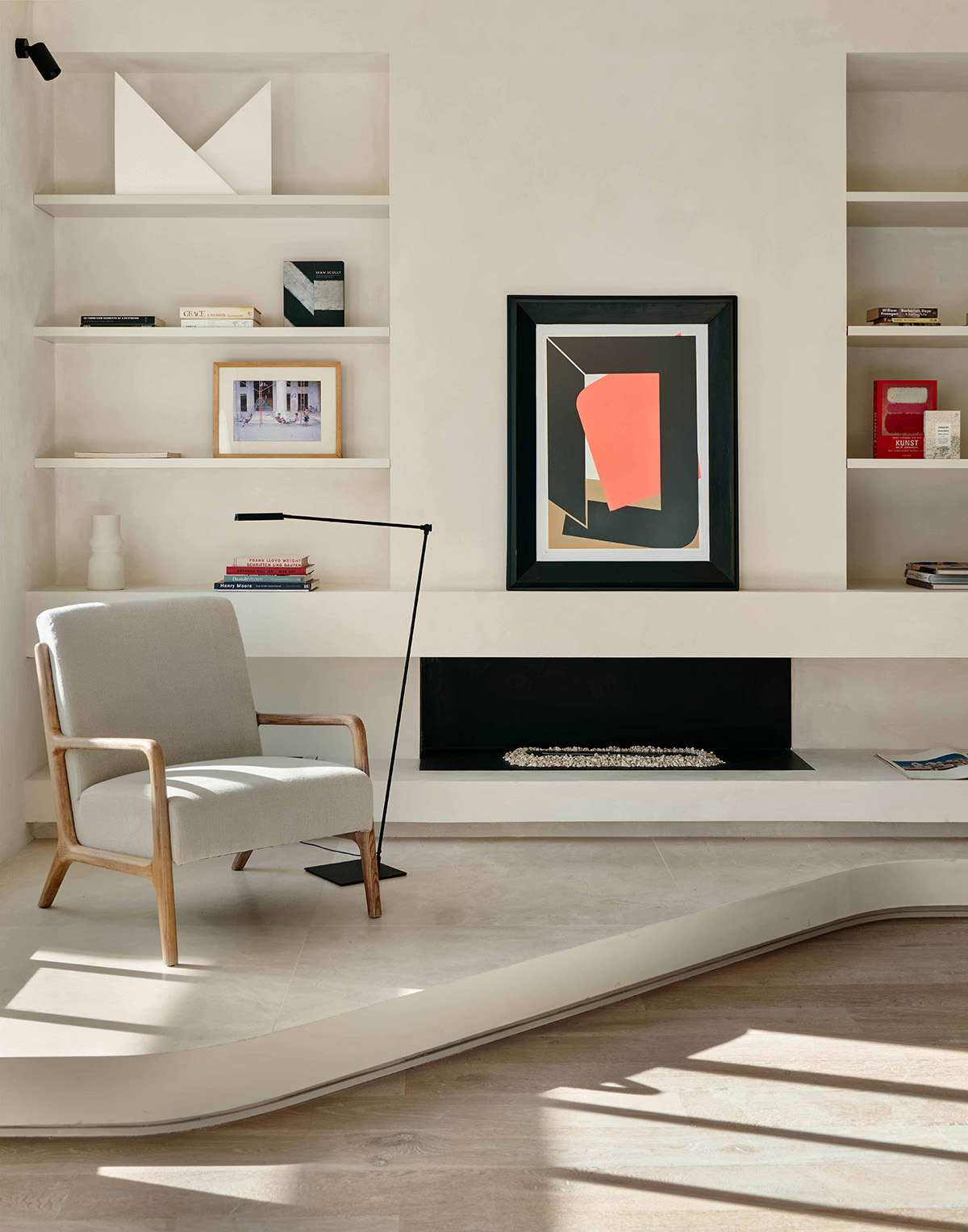ORTRAUM: Pushing boundaries
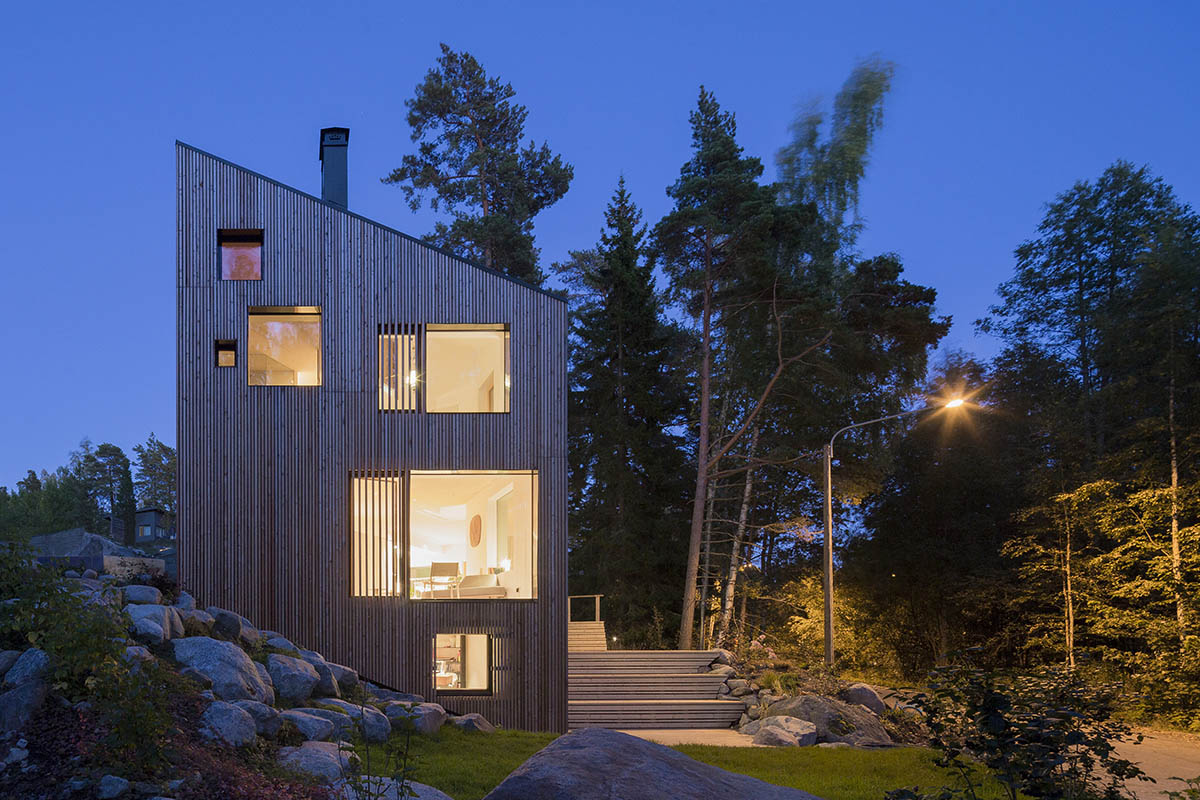
ORTRAUM is an architecture studio with an ambition: pushing the limits of technology while keeping the human at the heart of the design. Main designer Martin Lukasczyk combines the best of both worlds by mixing technical expertise with Nordic clarity of vision. A good architect, according to him, is a humble problem-solver who loves customer meetings.
TEXT: HANNA HEISKANEN | PHOTOS : MARC GOODWIN
For Martin Lukasczyk, architecture is a deeply personal and intimate affair. He runs ORTRAUM, a small Helsinki-based practice that specialises in small-scale, yet challenging, architectural projects. Hailing originally from Germany, but having built most of his career in Finland, Lukasczyk’s approach is a fascinating combination of both countries.
“The German architectural tradition feels very technical to me. It’s a lot about engineering,” he says. “In Finland, designers take their inspiration more often from the natural world around them.” Lukasczyk talks about the coming together of technology and Nordic pristineness to produce a strong vision that also makes sense to the customer. “In a way, I’m trying to strip away everything that’s unnecessary, to uncover the essence of the design itself.”
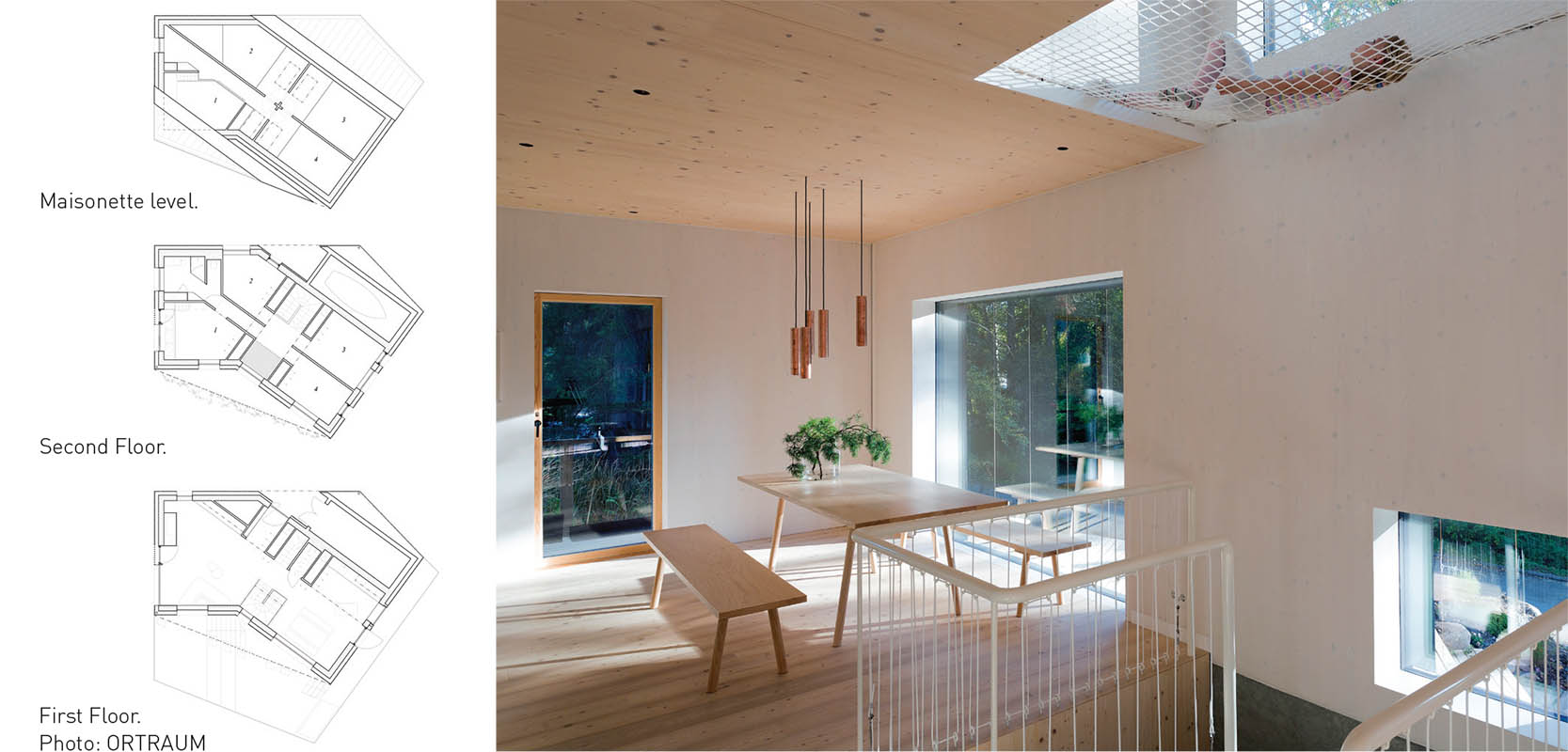
Building sustainable solutions
Thanks, to a large extent, to his technical background, Lukasczyk’s particular interest lies in pushing the possibilities of his practice, as well as the materials used, further. He is drawn to solid wood, a traditional yet modern element that has become the main material of nearly all his projects. “Cross-laminated timber, or CLT, isn’t just connected to the history of using timber to build houses. I believe it can also play an important part in leading the construction industry towards a sustainable future and carbon neutrality,” Lukasczyk envisions. “Making sure the projects I work with are as ecologically sound as possible makes all the difference to me, and nowadays, it’s a high priority for the customer, too.”
Much of Lukasczyk’s time goes into in-depth conversations with prospective and current customers – after all, they should be at the centre of any design. It’s crucial that the customer meets the right architect for their project, and vice versa. “There cannot be too many meetings!” he says. Lukasczyk sees his role as coming with good solutions to design problems and leading people to see the possibilities of architecture. “Nothing I do comes from the drawer; it’s all created from scratch and requires input from both the designer and the customer side.”
Much more than a house
Perhaps surprisingly, Lukasczyk makes a conscious effort to avoid too much inspiration from urban environments and observing the architecture around him. Instead, he prefers to look at each project as a blank canvas. A close working relationship with the customer can begin to resemble a friendship – a part of the joy of the work. While most of his projects are in Finland, for practical reasons – he wants to spend as much time as possible on site – he is also open to international commissions and new challenges.
Recent projects include the MK5 house, which has gained accolades in the form of press coverage and awards, and the TWELVE project, designed for two creatives, a composer and a ceramic artist, which is about to be finished this year. “The MK5 was designed as a family home. We wanted to try several new ideas with it and managed to push wooden elements to a new level,” Lukasczyk explains. TWELVE aims to tell the story of the relationship between the two artists using architecture. “I want to show my customers what architecture can really do for them.”
From dreams to reality
Lukasczyk is one of the lucky few who have managed to turn a childhood dream into a career. Sketching floor plans as a hobby, he looked up to a ‘cool’ uncle who also happened to be an architect. “I wanted to become just like him,” remembers Lukasczyk, who many years later made the sketches come to life in the form of a home for his own family. Being both the client and the architect was an unusual but ultimately necessary experience. “Unless you design your own home, you don’t fully understand your job and the challenges the customer goes through,” he concludes.
Web: www.ortraum.com
Facebook: ortraum
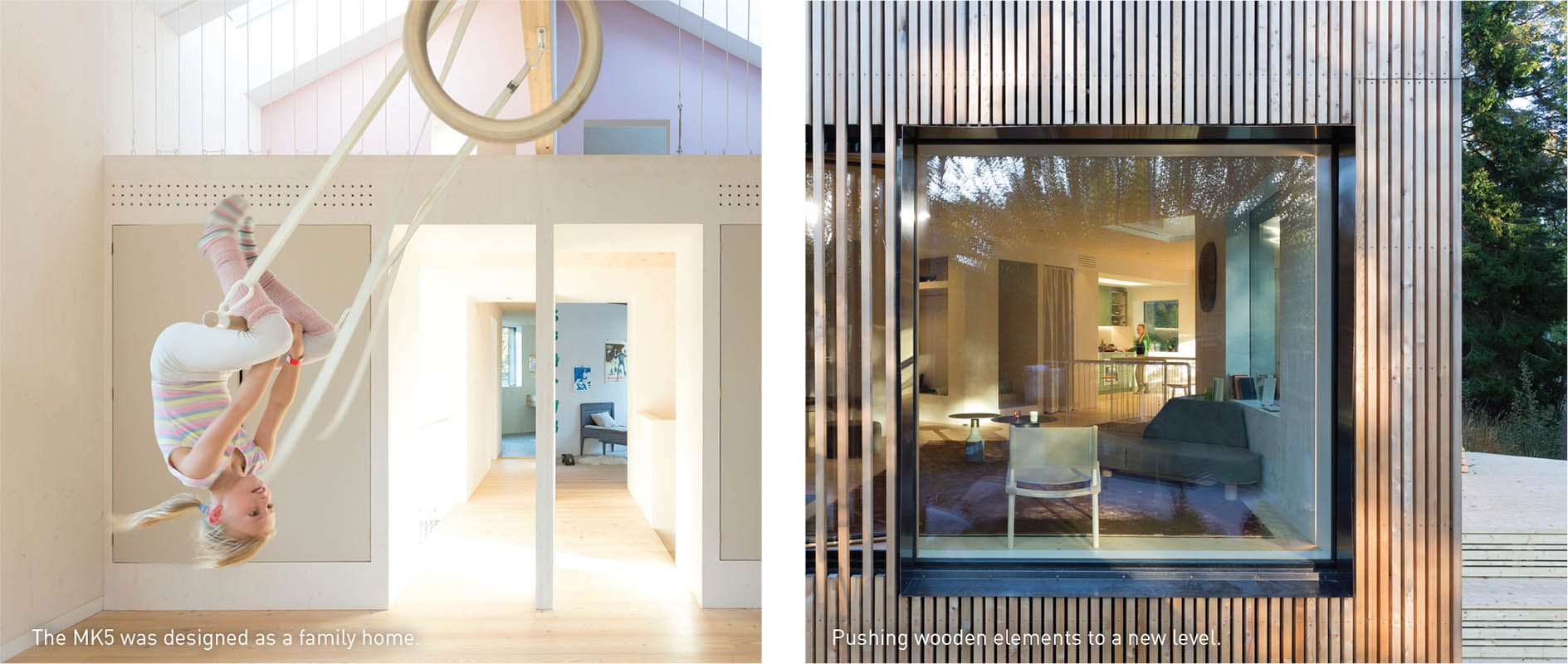
Subscribe to Our Newsletter
Receive our monthly newsletter by email

